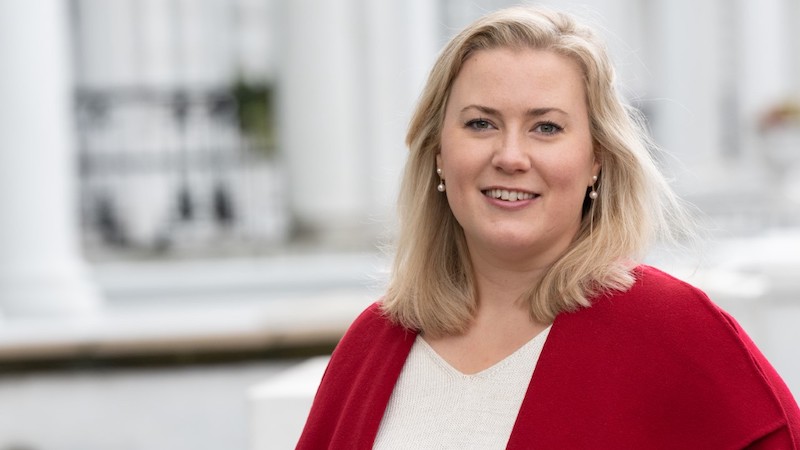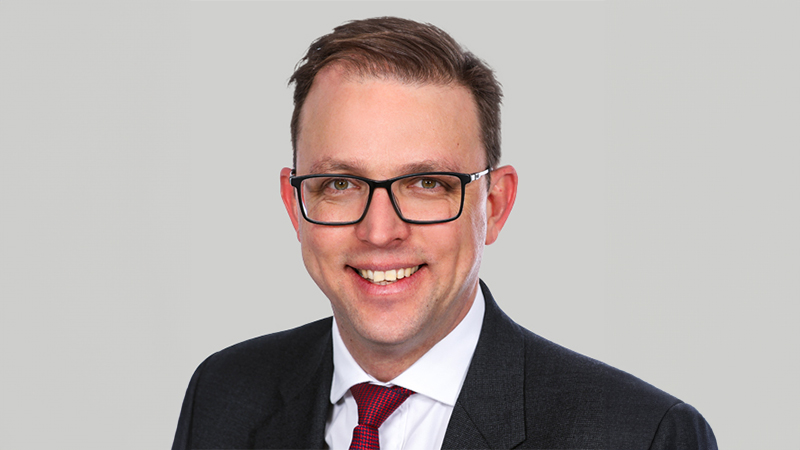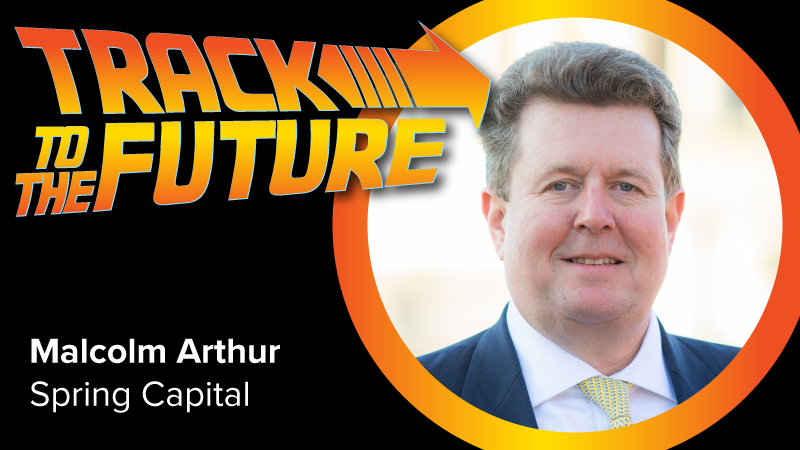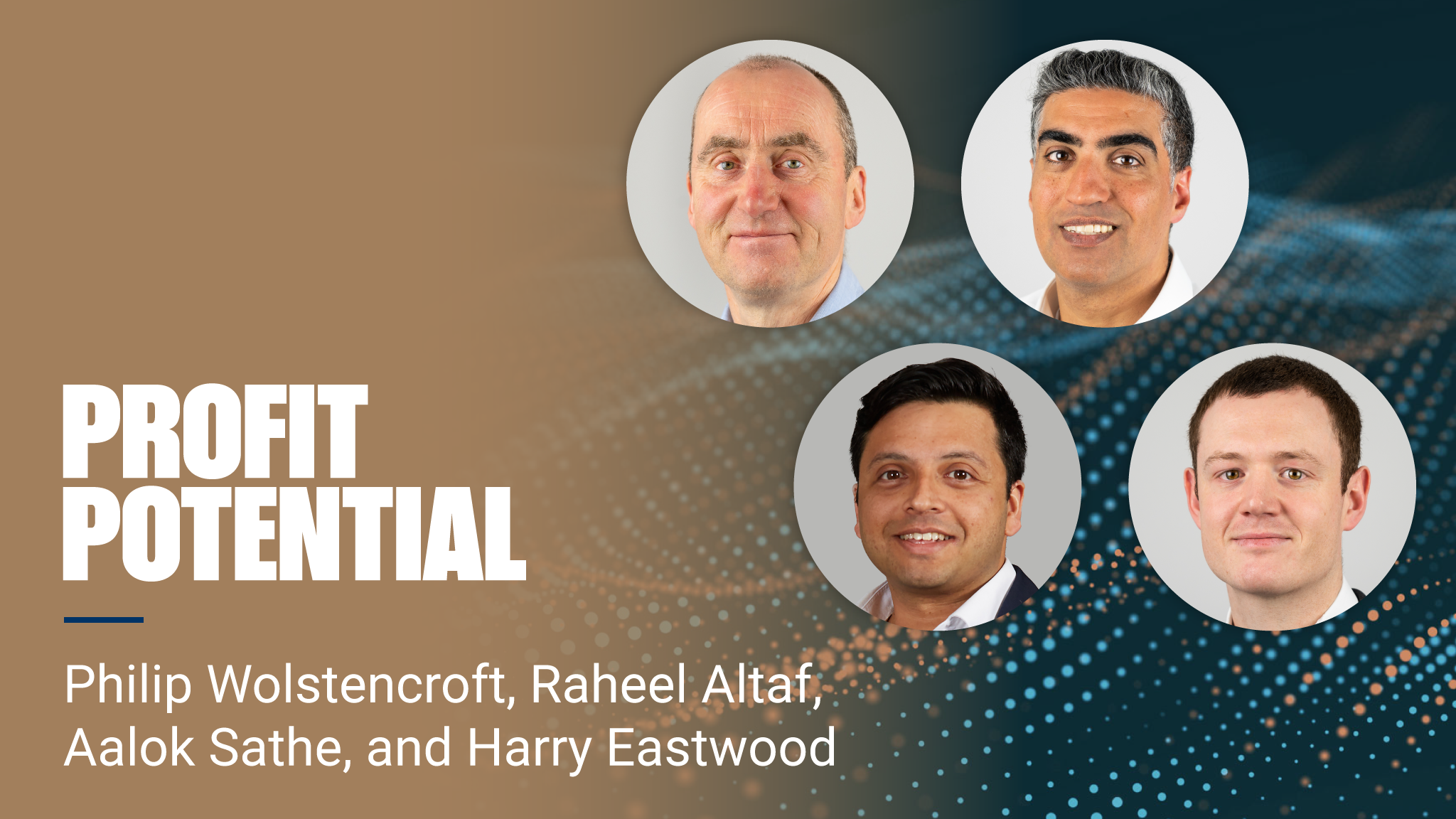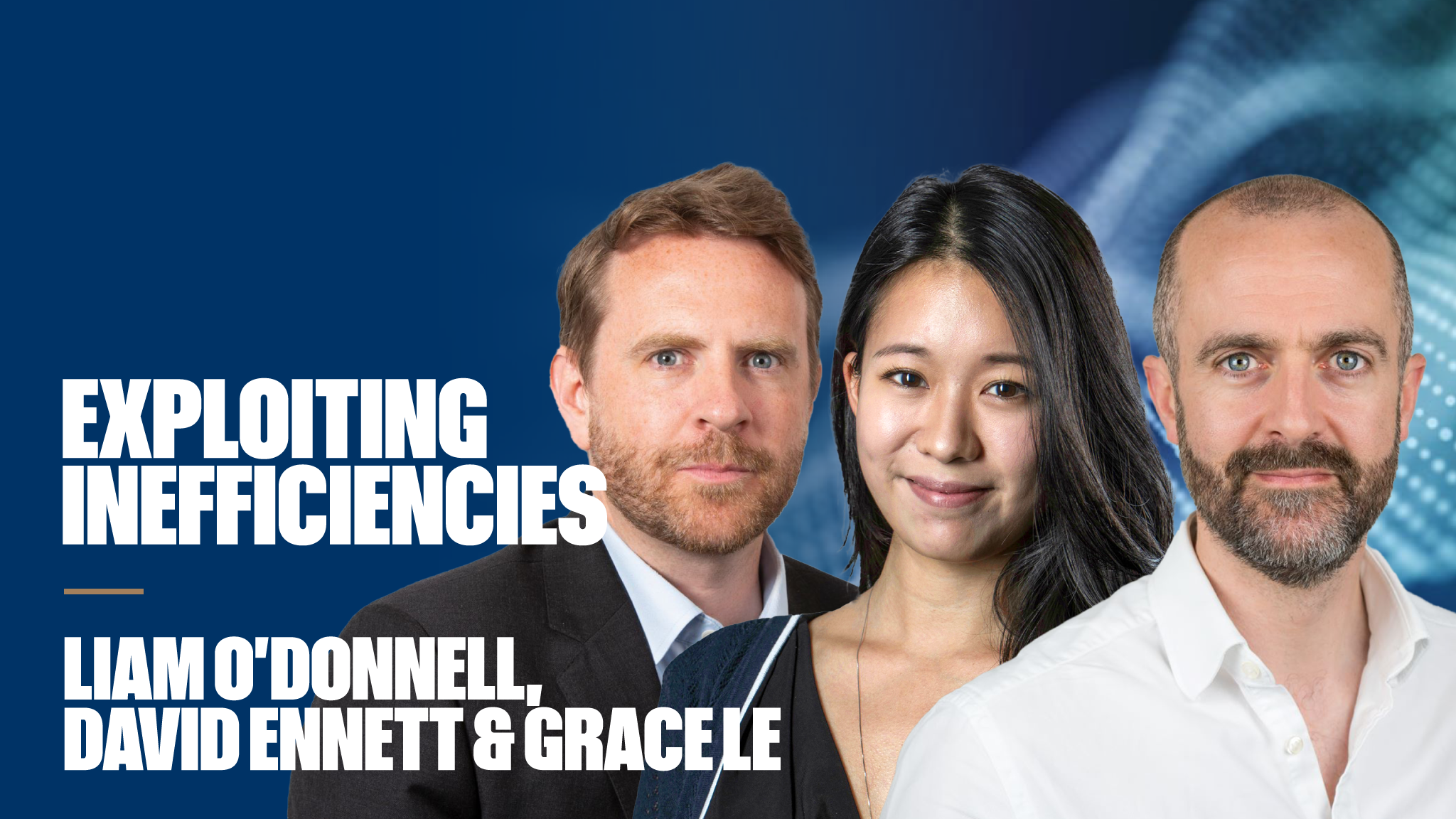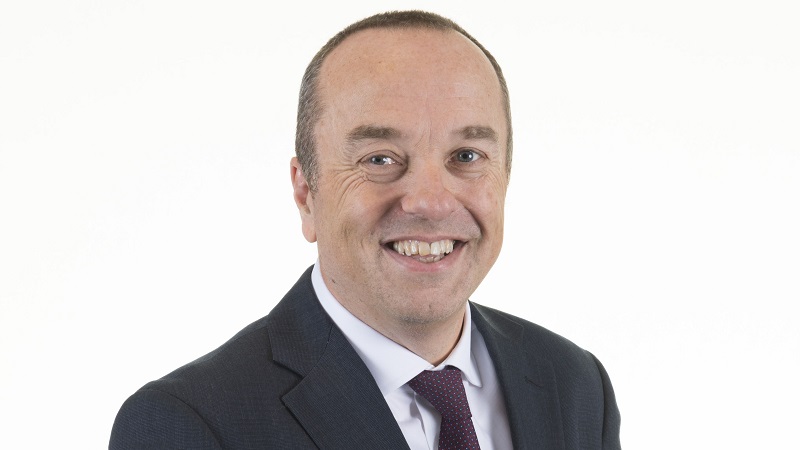As the conventional 60/40 model comes under increasing strain, multi-asset managers will need to think differently to thrive in the post-pandemic environment. David Coombs (pictured), lead fund manager on Rathbones multi-asset portfolios is already there, having long rejected some of the conventions of his peers.
Perhaps the most important was the move, in 2014, to use direct investments rather than funds, at a time when the multi-manager approach was wildly popular and attracting huge asset flows.
Coombs says: “When I said I wanted to change the entire process, the response was: ‘Are you kidding me?’ It took me a year to persuade the business and I had to run shadow funds, but in the end, they recognised the value in this approach.”
There were three key reasons for defying the prevailing custom, says Coombs. “We felt that by investing through funds, we weren’t backing our own convictions strongly enough and we weren’t in charge of own destiny. That frustrated me. Second, by investing directly, we took out a layer of costs. I felt strongly that the industry would move against multi-manager because of costs, an additional 1% wouldn’t wash in a world of low interest rates. Finally, it was the problem of too much diversification. We would end up with thousands of securities – I thought we could get higher returns for lower risk investing directly.”
Another element that marks out the Rathbone range is that it starts with a risk budget, rather than a straightforward allocation to broad asset class groupings. This recognises that the volatility for individual asset classes isn’t static, and that correlations may change over time. This should give Coombs greater flexibility at a time when conventional equity/bond models look challenged by low yields, high inflation, and high equity valuations.
The Rathbone range of six conventional portfolios and four Greenbank portfolios all operate like see-saws, given certain risk parameters.
Coombs says: “If we want two thirds of the world equity market risk, I can ‘spend’ two-thirds of the volatility and the remaining third must be non-correlated. A neutral asset allocation is therefore, say, 66% global equity and 34% cash. That’s the blank piece of paper.
“However, if I put my 66% equity share in microcap equity, that risk is a little higher and needs to be balanced elsewhere. The 34% cash weighting isn’t going to provide sufficient protection. For that, I have to look to a negatively correlated asset – that allows me to have more equity risk. We are constantly looking at that balance.”
Mitigation goals
This means Coombs won’t invest in all the asset classes all of the time, and only if they contribute to the return or risk mitigation goals. At the moment, for example, the portfolios hold nothing in investment-grade bonds, which – for the most part – have a negative real yield.
Equally, the investment profile of commercial property doesn’t help either side of the equation, he says. “It doesn’t diversify risk – because it is only non-correlated in certain environments – and doesn’t add significantly to return,” he explains.
However, if prices head lower, it may once again become interesting.
As it stands today, all the risk budget is in equities. As he sees it, equities are the only ‘risk’ asset where investors are getting paid a real return. Valuations are generally high but investors are getting growth, particularly in sectors such as technology and healthcare, along with industrials.
The equity content of the portfolios is still very skewed to the US and to growth companies. He is looking for “bang for our buck – the equity portfolio is pretty expensive versus history, we need a growth bias”.
That said, he’s not indifferent on valuations. He recognises that high-price/earnings (P/E) stocks will sell off substantially if interest rates rise, so the high multiples of some stocks in the portfolio, including simulations company Ansys, computer chip optimiser Cadence Design Systems and Dutch semiconductor group ASML make him nervous.
“However, they are expensive because they are quality businesses, just the sort we want to own,” he adds. “And timing the market using P/E multiples is extraordinarily difficult, if not impossible.”
‘We’ll take ideas from anywhere’
Coombs took profits in some technology names earlier in the year and added to some high-quality cyclical companies, mostly among industrials such as Caterpillar and Paccar. However, he hasn’t been tempted to play the recovery trade through, say, airlines or leisure names. While he recognises there was short-term money to be made, he didn’t want to chase it.
Coombs says: “We added some cyclical names, but we don’t want to sell these companies that boast reliable earnings growth and replace them with lower-quality or lower growth names. We are long-term investors. We aren’t buying highly indebted or unprofitable businesses valued on a price-to-sales basis. That tends to end badly when sentiment shifts.”
In terms of generating ideas, he says he is “not proud – we’ll take ideas from anywhere”. That includes fellow fund managers in the Rathbone Unit Trust business but also the group’s private client investment management group. He also uses trusted sell-side brokers.
The other side of the risk equation is dominated by sovereign bonds.
Coombs says: “This is a highly liquid, negatively correlated asset class. Certainly, yields are very low, but we’re not looking at it for a positive return. We’re looking for it to offset the high risk in the equity market.”
That said, it doesn’t mean the team is not selective in its government bond allocation. The funds have hardly any gilts, for example. The holdings are dominated by TIPs, US inflation-linked bonds. “These are much better value than the UK index-linked market and there is also the ‘safe haven’ aspect of the dollar.”
Correlations and consensus
A lot of the asset allocation work the team does is based on looking at consensus expectations in the market and where those consensus expectations may be wrong.
The consensus, for example, for some time is that inflation is transitory, but Coombs believes it will continue to be stickier than expected, particularly in the UK where Brexit is also influencing prices. Wage growth may also be higher as the country looks to replace EU workers.
He has some exposure to Australian and Canadian government bonds. The bond markets in both countries have some correlation with commodities prices and therefore offer protection against higher inflation in the UK, which is a net importer of raw materials. In the same vein, the funds also have exposure to commodities baskets, via exchange-traded funds.
He is aware that correlations will change over time, depending on the market environment. Some of the positions he holds at the moment may prove more correlated if there were a significant cyclical slowdown. “It is tactical not strategic.”
More recently Coombs has been adding a number of selective structured products for the ‘diversifiers’ bucket. This is a defence against high valuations across all financial markets.
He says: “Because bond yields are so low, it makes stocks, bonds and property all expensive. This means it’s harder to reduce the correlation of portfolio returns – to ensure everything we hold isn’t going up or down together – a key measure of our risk.”
To protect the portfolio, he has bought several different structured products linked to interest rate and equity volatility rather than market direction. These gain in value if volatility increases, even if the indices are moving down. These are “an insurance policy for a wobbly market”.
The group launched the Rathbone Greenbank range in March 2021. These funds have the same risk/return targets as their ‘sister’ funds in the core range, but employ both negative and positive screening, monitored by Rathbone Greenbank Investments – Rathbone’s ethical subsidiary – to ensure all the assets are aligned to the UN’s sustainable development goals.
The structure of the Rathbone multi-asset range should put it in a good position to adapt flexibly to changing market conditions if Coombs gets his analysis right. It has put him ahead of his peer group over one, three, five and 10 years, according to Trustnet figures to 16 November, but his willingness to defy convention may also be just what’s needed for a post-pandemic environment.
This article first appeared in the December 2021 issue of Portfolio Adviser. Read more here.

